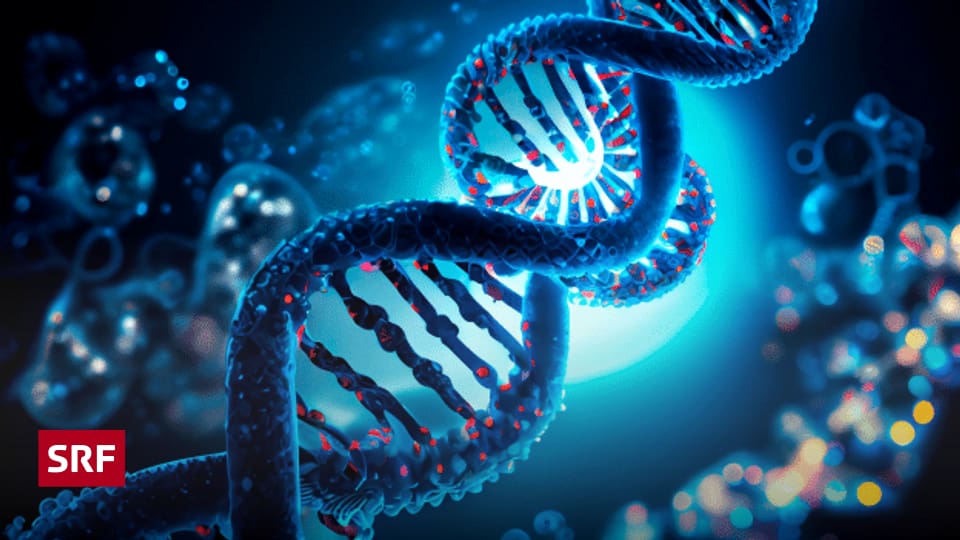The researchers created a set of genomes from 47 people, which can cover human diversity fairly well. A great opportunity to decipher hitherto poorly understood genetic characteristics.
Every science project is a team effort. This is as true as it is normal. But there are science projects where this is especially true. This is the case with the large number of recent studies in Nature magazine have been published.
Researchers at the Human Pangenome Reference Consortium (HPRC) have created the so-called pangenome for the first time. The name alone says how comprehensive this work is. Pan means everything. So it has to do with the genomes of “all people” and their diversity.
“Big science at its best,” says Karen Mega, one of the co-authors from the University of California, Santa Cruz. Only thanks to advances in long-read sequencing technology and computer-based methods has this project been possible.
In order to understand the human genome, it is not enough to decode the genome of a single person, Mega said at the press conference. And adds the American researcher Benedict Patten of the same university: “Anyone who examines the genetic makeup of a person misses the interesting thing: the differences from one person to another.”
Expanded to 350 genomes
The first human genome was sequenced in 2000. But only limited knowledge can be gleaned from a single, disassembled genome. On the other hand, the Pan Genome Project has provided 47 very complete human genomes that can be compared with each other.
“These 47 are selected in a way that covers the genetic diversity of people around the world pretty well — at least much better than anything that’s been done before,” says Eric Green of the National Institutes of Health. The plan is to expand the project to 350 genomes.
Better understanding of complex diseases
Even today, everyone who suffers from cancer, for example, experiences the extent to which genetics is involved in medicine. Cancer cells from patients are genetically characterized, and risk factors in the patient’s genome are also searched for. However, for someone knowledgeable in the matter, it is clear: relatively simple genotypes are used as a source of information.
But there are also complex genotypes that we know are related, but they are not yet understood and therefore of no medical use.
Evan Eichler of the University of Washington School of Medicine in Seattle offers an example: “A gene important for the immune system and a known risk factor for schizophrenia.” All that is known so far is that the changes affecting the function of this gene are too complex to be deciphered yet. It is hoped that the pangenome, which generally better covers a variety of variants, will make things easier.

“Typical entrepreneur. Lifelong beer expert. Hipster-friendly internet buff. Analyst. Social media enthusiast.”






More Stories
Treasure from a Baltic Shipwreck: Champagne and Mineral Water Discovered – News
US Election Year 2024 – Trump Celebrated as Pop Star at Party Conventions – News
Donald Trump’s photo after assassination attempt: What does it mean? – News